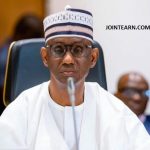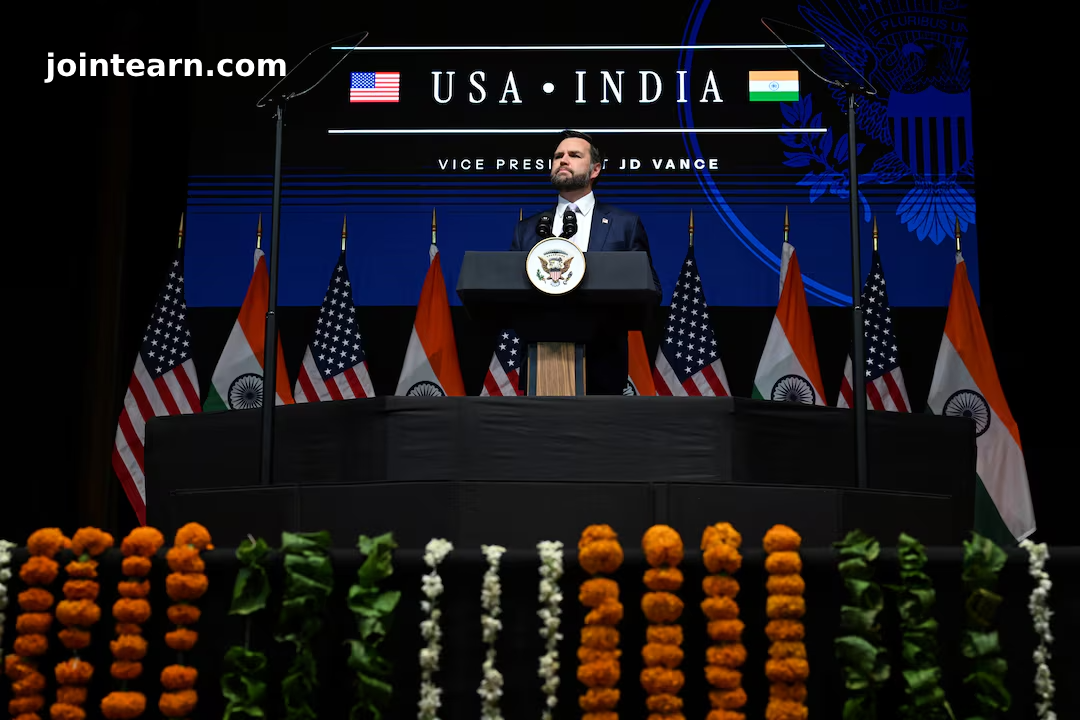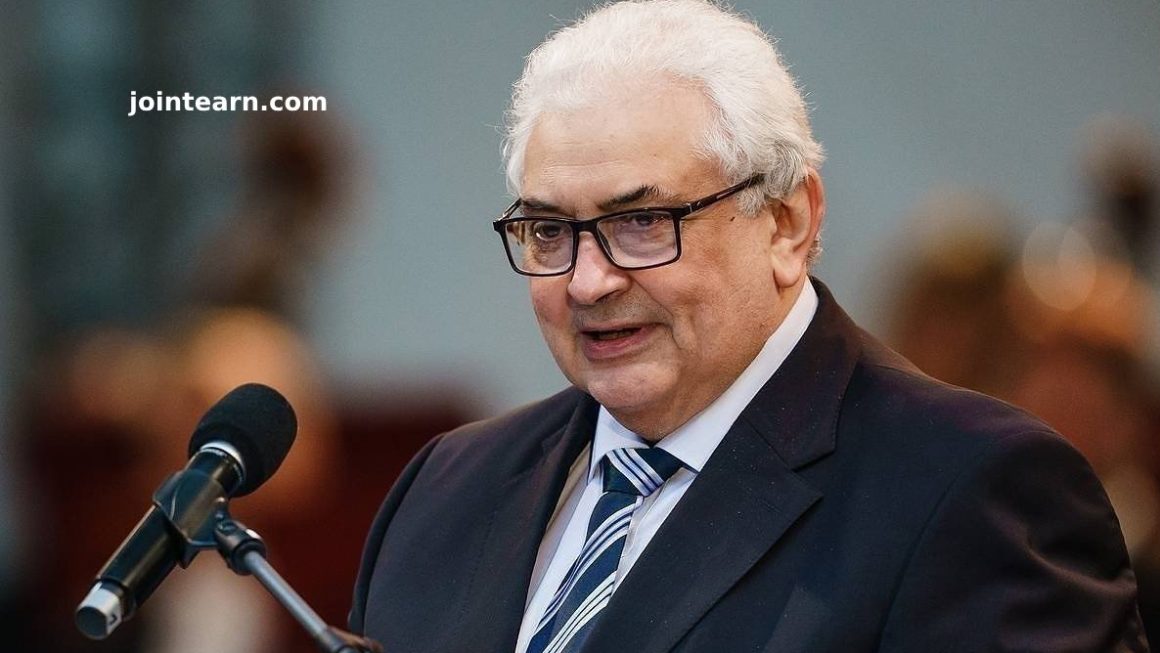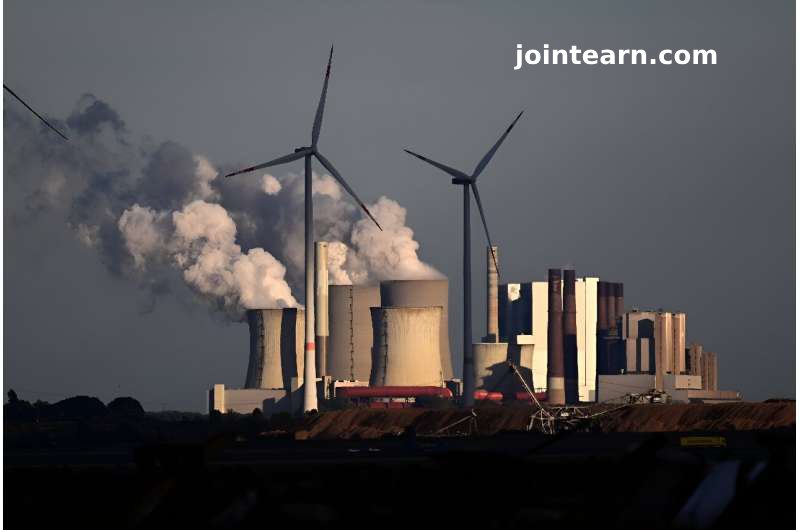US-India Trade Deal: A Roadmap for Prosperity and Global Stability, Says JD Vance
In a speech delivered on April 22, 2025, Vice President JD Vance emphasized the importance of the growing US-India partnership, outlining the roadmap for a comprehensive trade deal between the two nations. Speaking in Jaipur, India, Vance stated that the future of the 21st century hinges on a strong relationship between the United States and India.
“If India and the United States work together successfully, we’re going to see a 21st century that is prosperous and peaceful. But if we fail to work together, the consequences could be dire, particularly for the Indo-Pacific,” Vance warned, stressing the high stakes of this strategic global partnership.
Bilateral Trade: US and India Set Ambitious Goal for $500 Billion by 2030
Vance’s speech highlighted the progress made toward finalizing the terms of reference for a US-India trade agreement. He pointed out that both governments are working closely to create new jobs, build durable supply chains, and foster prosperity for their workers.
“Both of our governments are hard at work on a trade agreement built on shared priorities,” Vance noted. “In our meeting yesterday, Prime Minister Modi and I made significant progress, and we’re excited to announce that we’ve finalized the terms for trade negotiations, marking a vital step toward realizing our leaders’ vision.”
The US and India aim to double bilateral trade to $500 billion by 2030, as set by President Donald Trump and Prime Minister Modi earlier this year. Vance stressed that this ambitious goal reflects both countries’ shared commitment to building a fairer, more open global trade system.
Global Economic Stability and Energy Security: A Core Focus of US-India Relations
Vice President Vance further emphasized the critical role of energy security in the US-India partnership, noting that the United States is eager to help India meet its energy demands with affordable, reliable resources.
“America is blessed with vast natural resources, and we have an unusual capacity to generate energy,” Vance said. “India can benefit from expanding US energy exports to help build, make, and grow more at much lower energy costs.”
Additionally, Vance highlighted the US’s commitment to helping India explore its own natural resources, including offshore natural gas reserves and critical minerals. This collaboration would not only boost India’s energy security but also support its ambitious goals in nuclear power and artificial intelligence (AI). Vance pointed out that a strong energy foundation is key to India’s future in AI and technological advancement.
Strategic Cooperation in the Indo-Pacific
The Vice President also touched on the broader strategic implications of the US-India relationship, especially in the Indo-Pacific region. “Neither Americans nor Indians are alone in seeking to scale up manufacturing capabilities,” Vance stated. “The competition extends well beyond consumer goods into munitions, energy infrastructure, and cutting-edge technologies.”
He warned that failing to keep pace with this competition could have dire consequences for both nations and the entire world, emphasizing that a stronger India contributes not only to economic prosperity but also to regional stability.
A Shared Vision for the Future: A Win-Win Partnership
Vance wrapped up his remarks by reinforcing the idea that the US-India trade deal represents a “win-win” partnership for both nations. He noted that Americans seek greater access to Indian markets, and in turn, India will thrive from increased commerce with the United States.
“We believe that this partnership will continue far into the future, benefiting both nations and contributing to global stability and prosperity,” he said.












